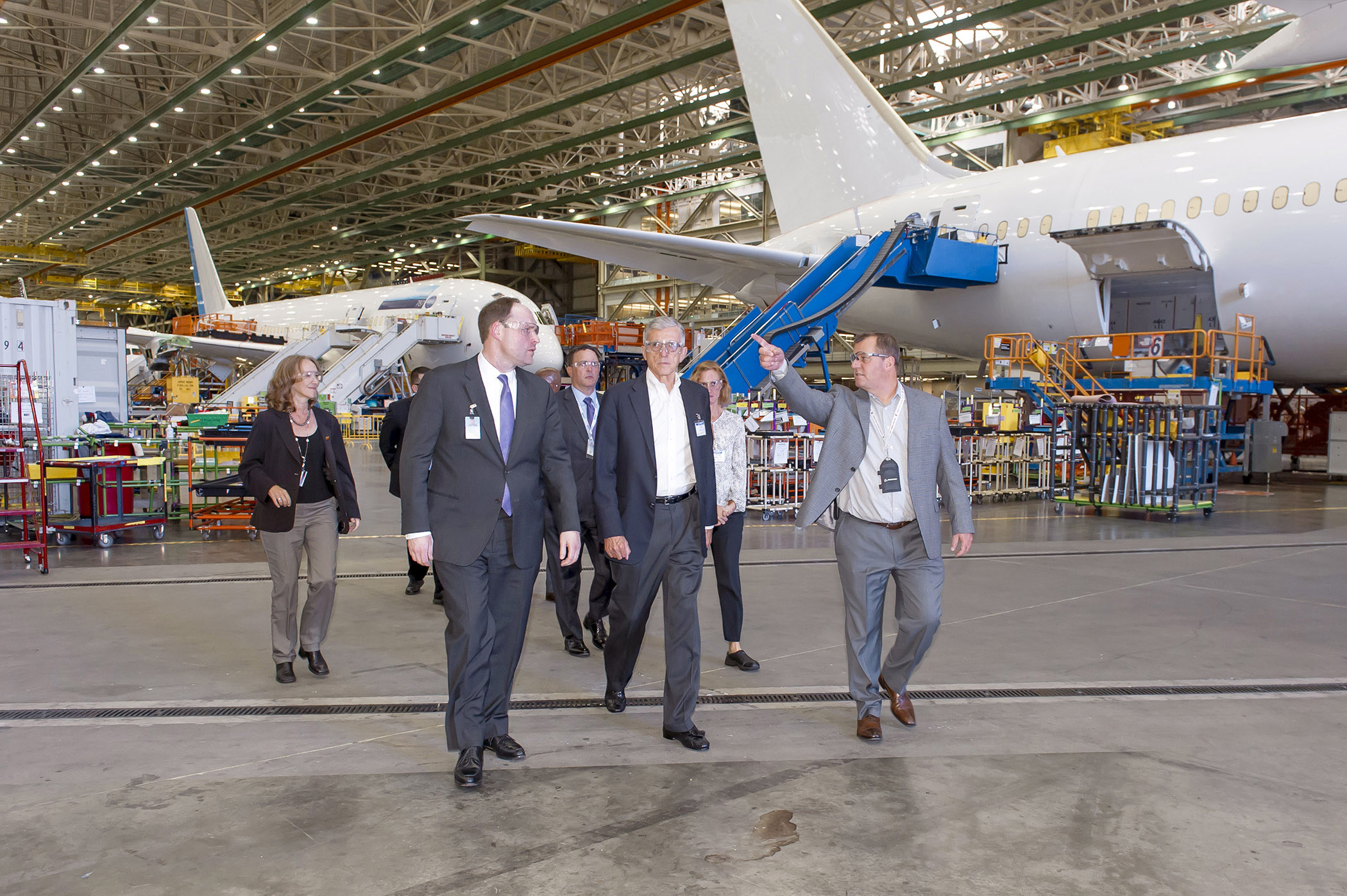It’s always invigorating to travel across the country and learn first-hand about the myriad ways U.S. innovators and entrepreneurs are moving our nation forward. After spending the past three days in Seattle meeting with the heads of both world-leading companies and start-ups, I’m more bullish than ever about America’s future.
 If there were a central theme to the trip it was unlocking the potential of the next-generation of wireless technology – 5G. At the annual meeting of the Competitive Carriers Association, I spoke with network operators – large and small – about the development and deployment of fiber-fast wireless connectivity. The convention floor was filled with displays of how high-speed, high-capacity, low-latency networks could drive economic growth, especially in rural America.
If there were a central theme to the trip it was unlocking the potential of the next-generation of wireless technology – 5G. At the annual meeting of the Competitive Carriers Association, I spoke with network operators – large and small – about the development and deployment of fiber-fast wireless connectivity. The convention floor was filled with displays of how high-speed, high-capacity, low-latency networks could drive economic growth, especially in rural America.
In a separate visit to T-Mobile’s headquarters, I saw a demonstration of technology under development, including 5G technologies, and heard about the work they are pursuing to bring next-generation products to market.
It’s not just wireless carriers that have begun thinking about our 5G future. Boeing welcomed me to their facilities, where they are already using number of advanced fabrication technologies that rely on unlicensed spectrum, and they have begun exploring the possibilities of more robust 5G connectivity.
You can’t talk about the potential of 5G without talking about the power of cloud computing, whose centralized processing will drive 5G applications like autonomous vehicles or smart-energy grids. On a visit to Microsoft’s campus, I learned about their movement into cloud computing and what lies ahead. That 5G pathway to the cloud must not only be low-latency and ultra-fast, it must be secure, and Microsoft is also pioneering new cybersecurity technologies and strategies.
In addition to these discussions about how new technologies will push the envelope of what’s possible tomorrow, I met with the leaders of a start-up using technology to improve the user experience today. Hiya is on the forefront of robocall blocking technology, using sophisticated algorithms and a large database to identify and block unwanted calls at the network of end-user level. I had the opportunity to hear directly from some of the innovators working to solve the robocall problem domestically and internationally, and to talk about what the FCC can do to help meet this challenge.
Special thanks to everyone who took the time to meet with me this week. I’m grateful for their hospitality and even more appreciative of all the work they are doing to invent the future.